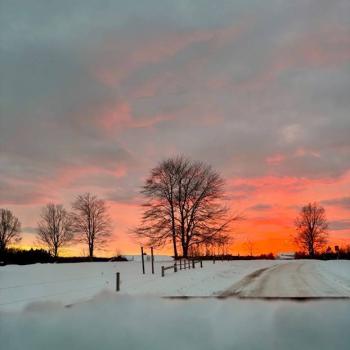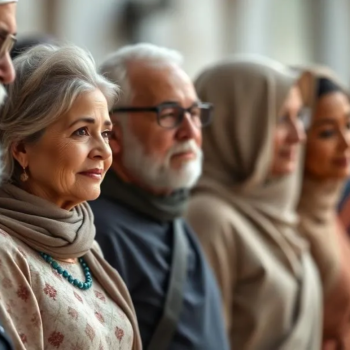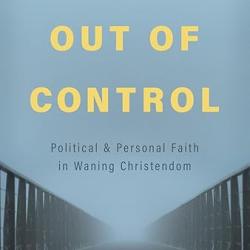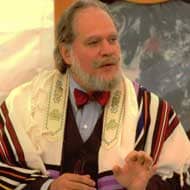Hanukah was first celebrated as a reminder of the Hasmonean victory over the Greeks and for the rededication of the Temple. How did the story of the miracle of the oil come to such a powerful place in our tradition? There are two reasons that can be posited. The first is that the Hasmonean dynasty fell from favor with the people and especially with the rabbis. They were perceived as adopting the ways of the Greeks, that is they were becoming Hellenists, the very thing against which they had fought. The second reason could be that under Roman rule it was thought unwise to advertise a holiday of rebellion against a conquering people. Probably both reasons led rabbinic influence to elevate the spiritual elements of the holiday, represented by the miracle of the oil. And so the story of the miracle of the oil came to "outshine" the military victory of the priestly family and its supporters.
The Traditions:
Hanukah is a time of fun and festivities. People get together for parties. A dreidel game, which was adapted from a German beer hall game, is played. The dreidel is a four-sided top with the letters NUN, GIMEL, HAY, and SHIN. The letters stand for the words NES GADOL HAYAH SHAM, which means, "A great miracle happened there." In Israel the dreidel (called Sivivon) replaces the letter shin with the letter peh standing for "NES GADOL HAYAH POH" which means "a great miracle happened here." There are many betting games that can be played with the dreidel.
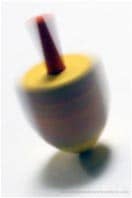 Some people try to bring together people who have had arguments or hold grudges. They hold a meal of reconciliation.
Some people try to bring together people who have had arguments or hold grudges. They hold a meal of reconciliation.
In the United States (and other places where there has been a strong Christian influence), gifts are given on each night of Hanukah.
Lighting the Hanukiyah (Hanukah Menorah)
The most important mitzvah (commandment) of Hanukah is the lighting of the Hanukiyah, a nine-branched Menorah (candelabra). According to Halacha (Jewish law) the only requirement for the shape, size, and configuration of the Hanukiyah is that all the lights should be on the same level with the exception of the Shamash or the 'helper' candle. This is the light (candle or oil) that lights all of the other lights. It can be on the same level or a different level but should be differentiated from the other lights.
The key to placement of the Hanukiyah is visibility. The Hanukiyah is placed in a spot where passersby can see it, such as outside the house and in front of a window. Halacha holds that it should be placed on the left side of the door (as you are entering) across from the Mezuzah, on the outside of the door. The only exception to the visibility rule is when there is a fear of persecution. Then the Hanukiyah can be placed out of sight of the passerby. (Note to our non-Jewish neighbors and friends: if on Hanukah your Jewish neighbors do not have a Hanukiyah visible you have every right to take offence.)
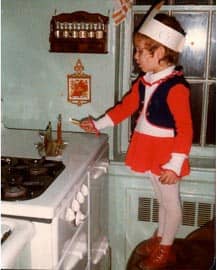 Procedure for lighting:
Procedure for lighting:
Candles (or oil lamps) are placed in the Hanukiyah from right to left and lit from left to right. Two blessings are repeated each night before the candles are lit (except on the first night when the Shehehiyanu is recited in addition to #1 and #2).
1. Barukh Atta Adonay Eloheynu Melekh Ha-olam Asher Kiddeshanu Be-mitsvotav Ve-tsivanu Lehadlik Ner Shel Hanukah
2. Barukh Atta Adonay Eloheynu Melekh Ha-olam She-asa Nissim La-avoteynu Ba-yyamim Ha-hem Ba-zzman Ha-zzeh
3. And on the first night only: Barukh Atta Adonay Eloheynu Melekh Ha-olam She-hekheyanu Ve-kiymanu Ve-higgi'anu La-zzman Ha-zzeh
Rabbi Bahir Davis is the spiritual leader of Rocky Mountain Hai based in Lafayette, Colorado, and a frequent contributor to Patheos.
